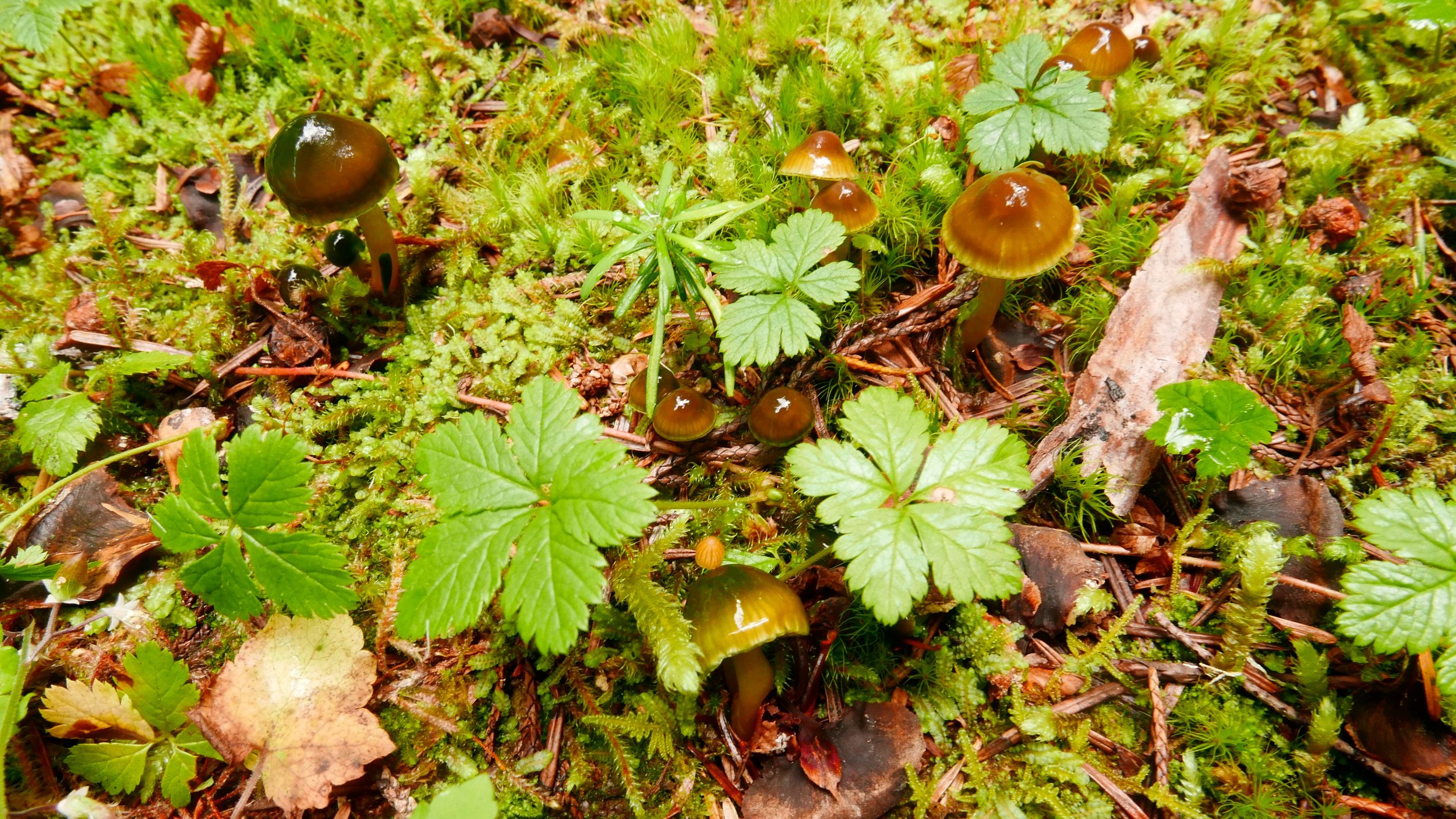Deep Funga Blog
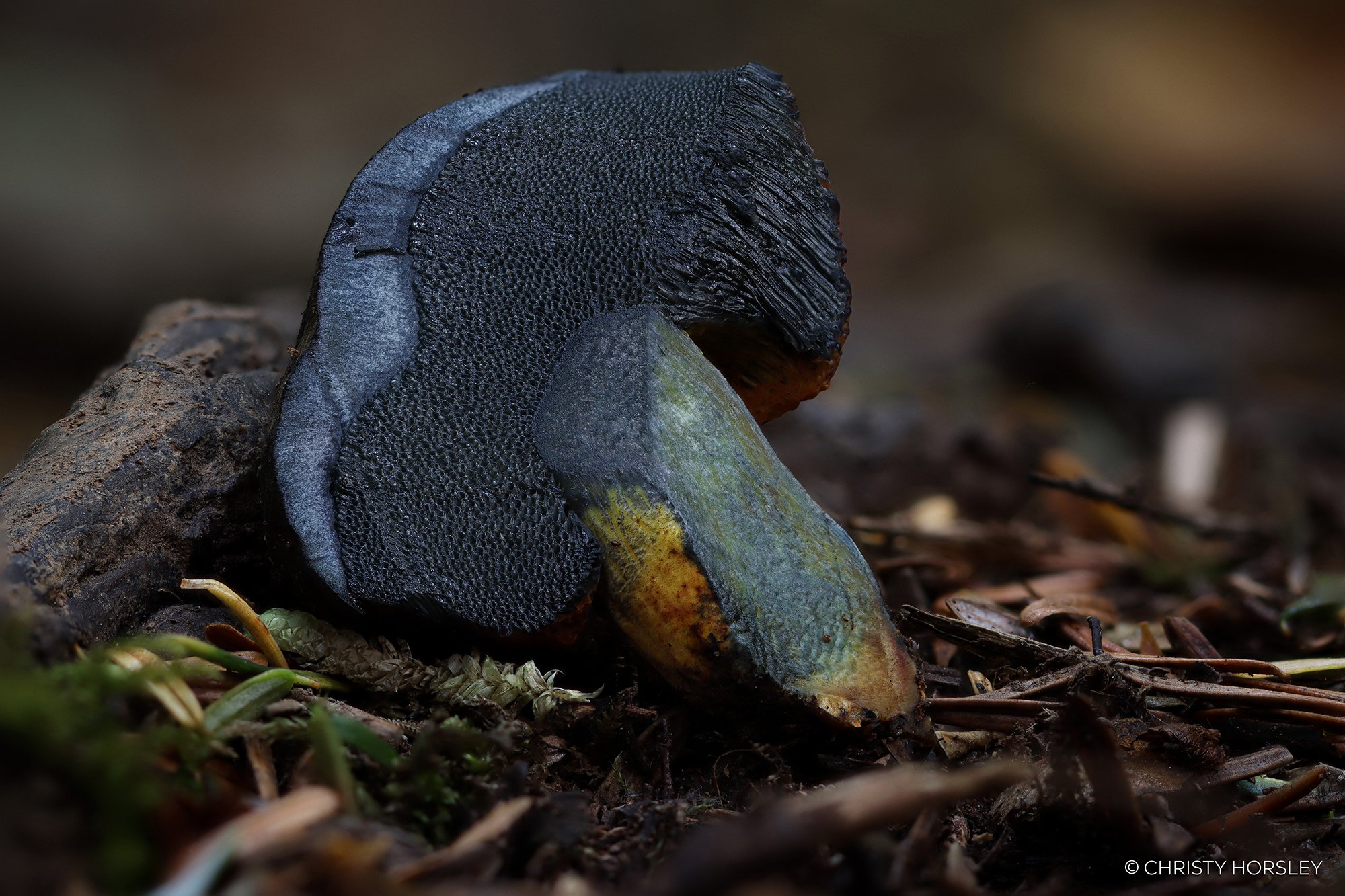
Photography of Macrofungi: An In-depth Look
Photography is an indispensable tool for the study of macrofungi. Photographers should document as much information as possible about a fungus, especially to aid identification.
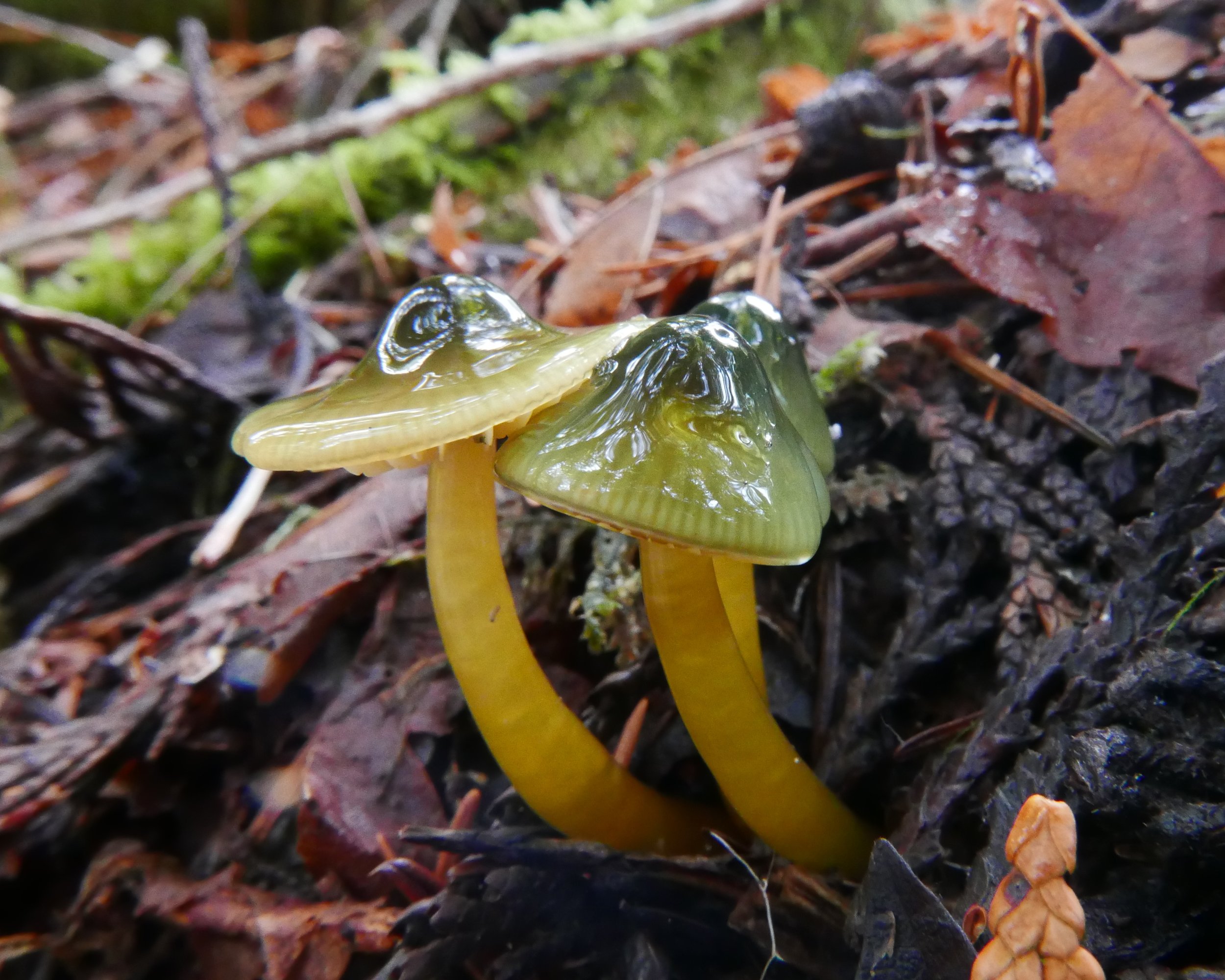
How FUNDIS Sequencing Is Changing Taxonomy: Fungal Adventures in Washington State
Bill Sheehan’s vision of bringing sequencing to dedicated addicts of the world of fungi taxonomy will have lasting impacts. FUNDIS’ influence on the South Sound Mushroom Club (SSMC) near Puget Sound in Washington has been powerful, not just to our small group, but also to the scientific community -- especially for fungal taxonomy across the world.
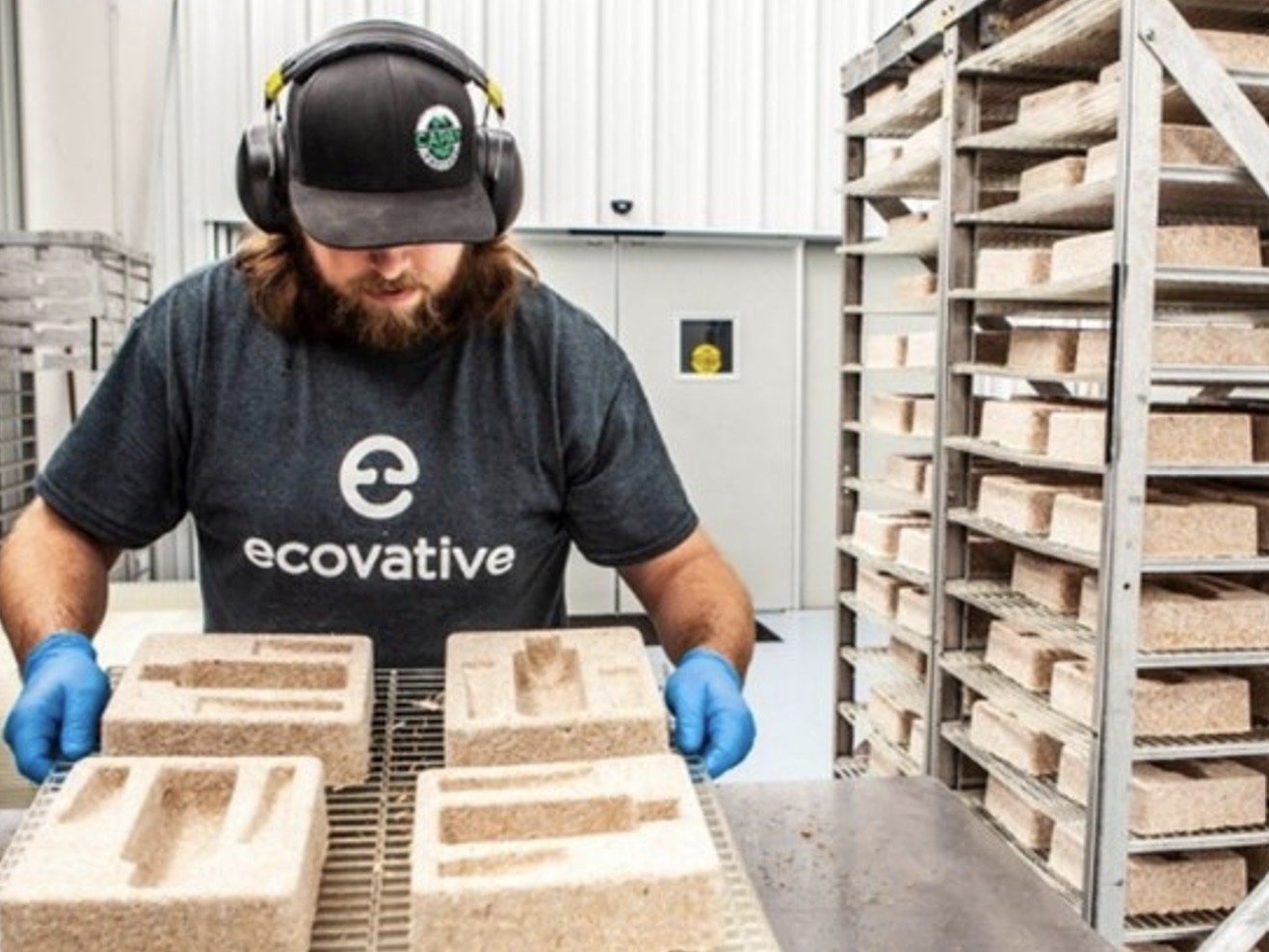
Protecting Fungal Biodiversity Critical to Life on Earth
We are living in a moment of overlapping ecological crises. One of those crises is the growing list of extinct species, disappearing at a rate thousands of times higher than normal. That includes animals, plants, and of course, fungi. But there’s something unique about the problem when it comes to fungi: being one of the least studied kingdoms of life, we don’t even know what we’re losing.
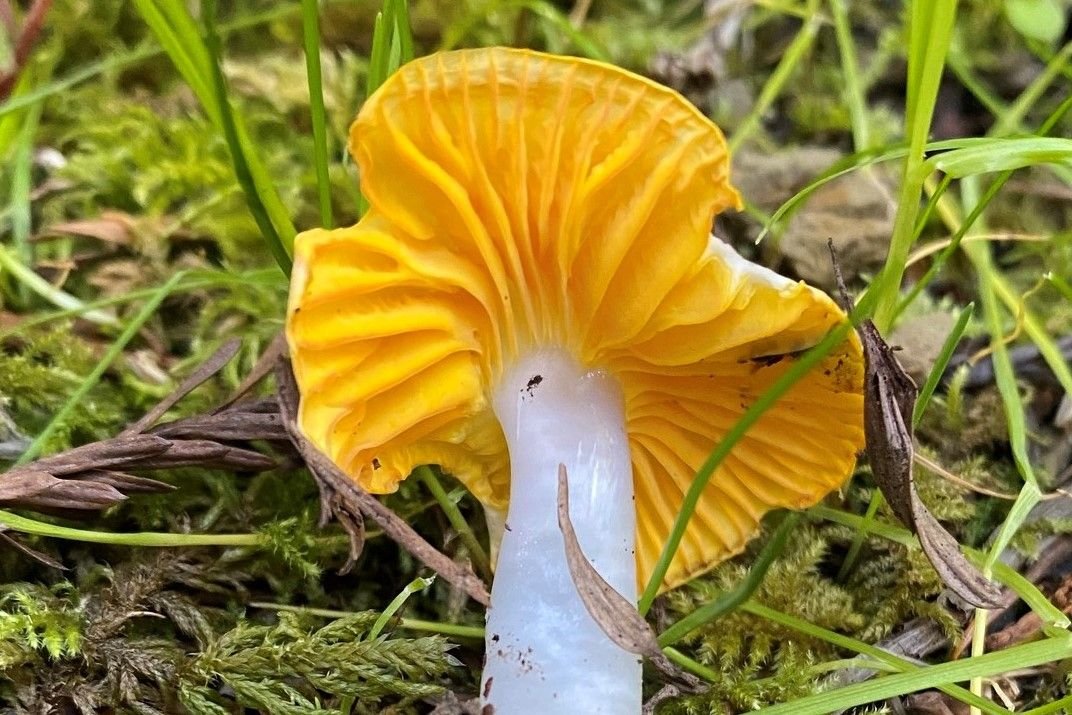
How are the West Coast Challenge species selected?
The West Coast Rare Fungi Challenge put the spotlight on ten species during its pilot period. Seven out of ten species were observed during the six month pilot period, from October 2020 to the end of March 2021. Knowing that there are thousands of mushroom species on the west coast from Alaska to California, you may wonder, "why were these ten chosen"?
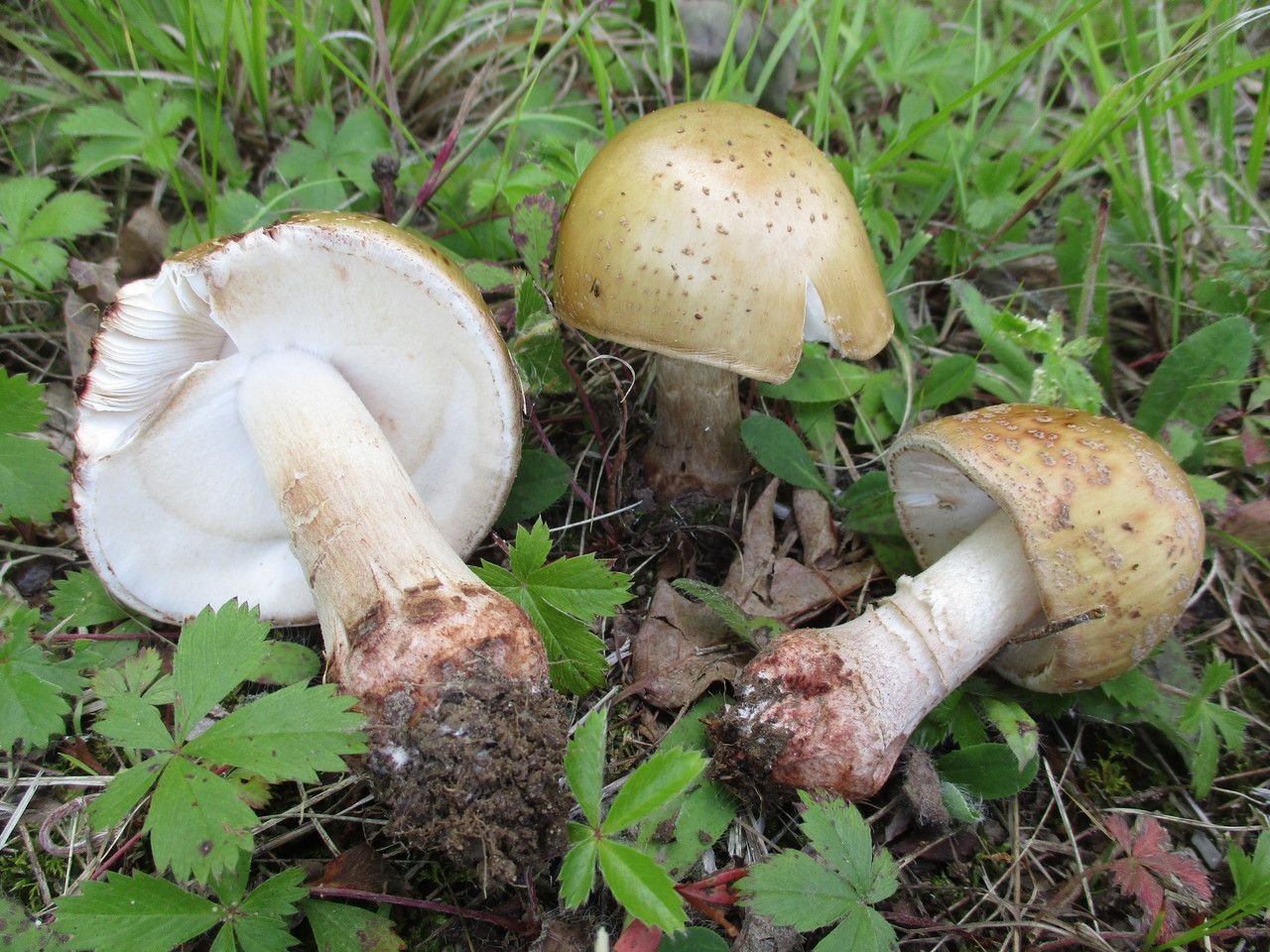
My FUNDIS Story
I’ve been a mushroom enthusiast for nearly 40 years, at first concentrating on edible types, but I eventually came to realize that all mushrooms are interesting. In 2006 I discovered mushroom discussion on the internet and started making posts to Mushroom Observer with my first digital camera. I have submitted fungal collections to researchers, both professional and advanced-amateur.

Documenting macrofungi on a remote ocean island - The California Channel Islands FUNDIS Project
Yes, it is an “8-headed Amanita ocreata,” measuring 11 cm across and 9.5 cm tall. I sectioned it to find at least eight caps inside one volva. An Amanita like this has never been reported before. Mycologist Rod Tulloss, who specializes in Amanita, commented, “I can’t remember anything like it.” One suggestion is that at least eight primordia were very crowded together and developed to share a volval sac. Who knows?


Giuliana Furci: Justice for Fungi Through the 3 Fs
You’ve likely used the terms “Flora” and “Fauna”, but how about “Funga”? Giuliana Furci, the founder of Fundación Fungi (Fungi Foundation -- the first NGO for fungi of the world) is trailblazing justice for fungi by revitalizing our very perception of them, through changing language and worldwide school curricula.

Bridle Trails Funga: A FUNDIS Project Case Study with Daniel Winkler
I met Daniel Winkler’s welcoming and witty character at my first Puget Sound Mycological Society’s (PSMS) all-member monthly meeting. He probably said a friendly hello on my way in and then made an announcement or two before the speaker’s presentation. Six years later he continues to be one of the most inspiring and affable mycologists for his aptitude in bringing the wisdom and culture of the fungi with him wherever he goes.

Hebeloma of North America
When we first started visiting North America many people we met told us that Hebeloma were rare in North America. And when we researched foray reports we found very few records of Hebeloma, and those that were mentioned were usually Hebeloma crustuliniforme or Hebeloma sinapizans.

Creating art from nature
Art has been a large part of my life as far back as childhood. I remember walking my suburban streets looking for odd bits of broken toys and bottle caps to glue together and bring home as “presents” for my family.
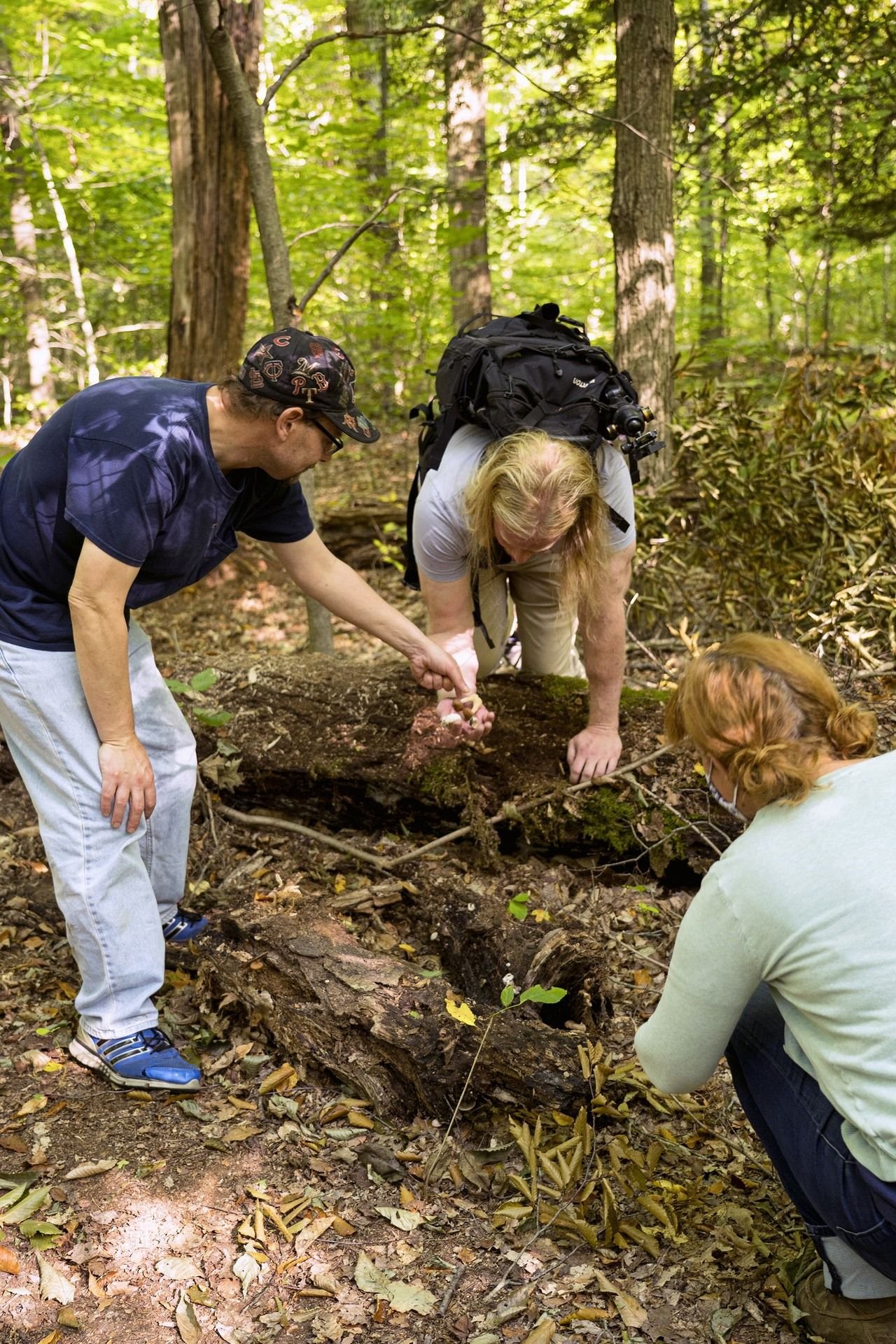
A citizen scientist’s journey: the second year
As a keen citizen scientist I try to strike a balance between going out into the field, finding interesting mushrooms to sequence, and doing the work to document and preserve my finds for the fungaria. It means always doing more than what is strictly necessary and constantly adding new tools to my process.

Join our West Coast Rare 10 Challenge and help us document rare and threatened fungi
Like so many other organisms, fungi, along with their often fragile and threatened habitats, need our protection.

Drawing during COVID times maintains mental health
On the 14th of March I began serious social distancing due to COVID-19 and on the 23rd the State of Oregon locked down. I had been wanting to start a practice of doing a sketch or painting every day, and thought well, why not now?
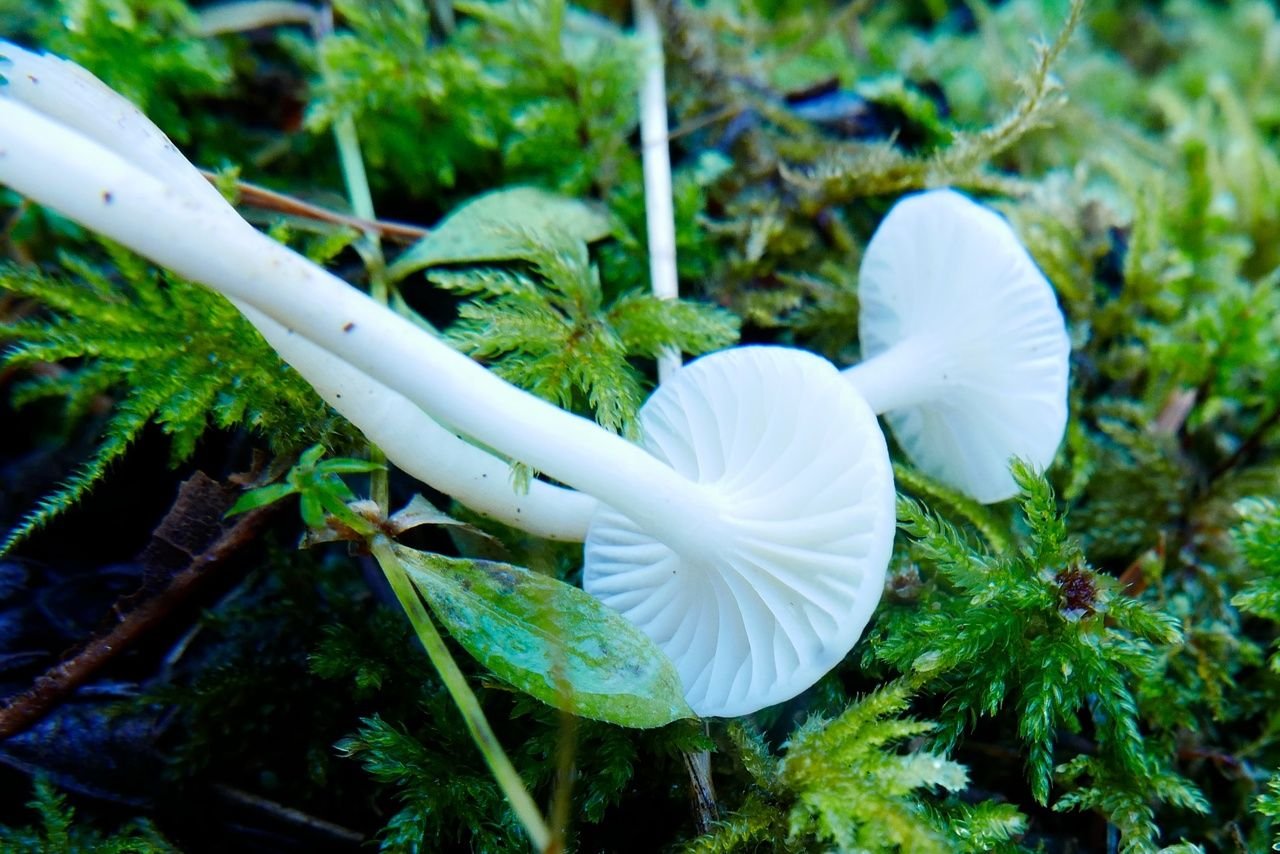
What's in a name? Unlocking the mystery behind a strongly-scented waxy cap
The smell of Russian leather! That is how the rather plain looking white “Hygrocybe” russocoriaceus is described and how it is supposed to be identified in the field. Indeed, the name russocoriaceus is Latin for Russian leather.

Welcome to FUNDIS: A new organization for a new fungal future
We’ve been hinting at it for a while and today, the day has finally come. The North American Mycoflora Project is evolving: new name, new logo and an expanded mission. Say goodbye to the North American Mycoflora Project (NAMP) and welcome Fungal Diversity Survey - FUNDIS for short.
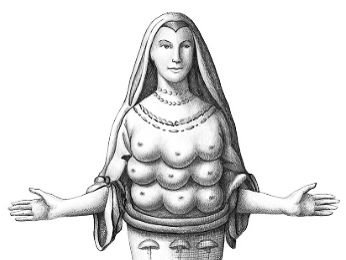
Fantastic Funga: Why Language Matters
The vocabulary of mycology is one that reveals the way in which fungi have been traditionally treated in classification. Under old systems in which two kingdoms were recognized, plants and animals, fungi were assigned to the plants. The idea of fungi as plants is propagated in various ways. For example, we traditionally refer to the collection of fungi in a museum as an herbarium, when indeed they are not herbs.
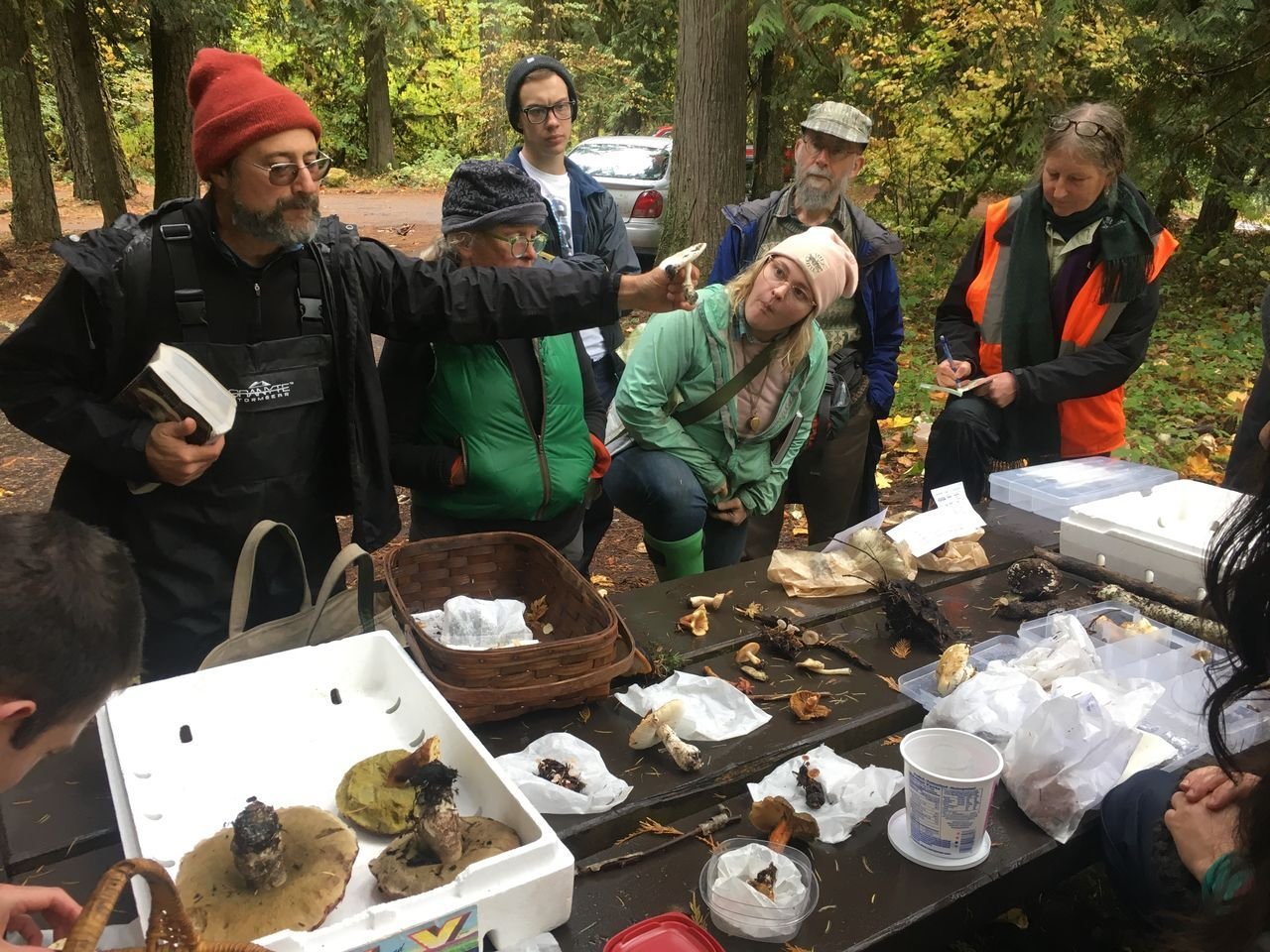
Starting a FUNDIS Sequencing Project with iNat
Starting a [FUNDIS] Sequencing Project with iNat

Mushrooms in the Time of Coronavirus
For many of us the last couple of months have been a time of less - less income, less human interaction, less time in nature, and fewer opportunities to collect and study fungi. A house-bound, stir-crazy New Yorker I particularly missed the weekly rain-or-shine walks, lively ID sessions and lectures of my local club, the New York Mycological Society.

Seeing Patterns
Anyone reading this that knows who I am probably knows me as “the Xylaria guy,” but lately I’ve been working on something completely different: I am currently producing a documentary film about mining and conservation in Ecuador, called Marrow of the Mountain. I was in Ecuador filming for the documentary when the COVID-19 quarantine came down, interrupting our filming schedule and stranding us in Quito.
